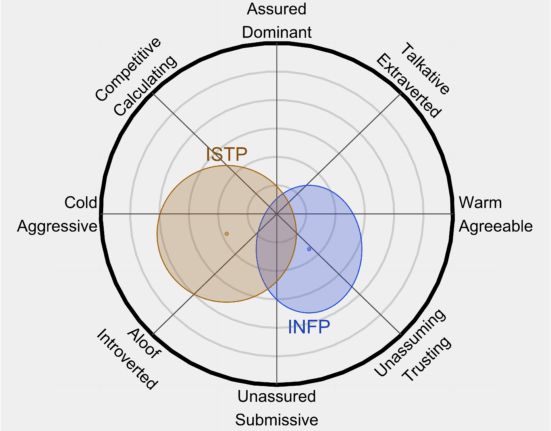In the vast expanse of our solar system, where darkness and emptiness seem to prevail, lies a fascinating revelation that has stirred the curiosity of astronomers worldwide. Imagine this: a small world, not just any celestial body but possibly a dwarf planet akin to Pluto, making its slow and solitary journey through space. This newfound object, provisionally named 2017 OF201, has opened up new avenues of exploration and contemplation for scientists gazing far beyond the familiar realms of our planetary neighborhood.
Let’s delve deeper into this cosmic narrative to uncover the intricacies and implications of this celestial newcomer. Picture this tiny traveler embarking on an extraordinary odyssey around the sun – an odyssey that spans over 24,000 years to complete a single revolution along an eccentric orbit that takes it as close as 4.2 billion miles and meandering outwards to a staggering distance of 151 billion miles. To put things in perspective, Neptune, one of our solar system’s major players, orbits at a mere 2.8 billion miles from the sun.
The genesis of this enthralling discovery can be traced back to diligent observations conducted during a quest for the elusive theoretical entity known as Planet Nine – a hypothetical planet lurking in the fringes of our cosmic backyard. The unearthing of 2017 OF201 has piqued scientific interest not only due to its inherent characteristics but also for what it might signify in relation to the speculated existence of Planet Nine.
“We discovered a very large trans-Neptunian object in a very exotic orbit,”
remarked Sihao Cheng, an esteemed researcher at the Institute for Advanced Study in Princeton, N.J., who played a pivotal role in unraveling this enigmatic celestial puzzle alongside two brilliant Princeton University graduate students – Jiaxuan Li and Eritas Yang.
This newfound entity is estimated to possess dimensions spanning approximately 430 miles across; substantial enough for gravitational forces to sculpt it into a spherical form – meeting one criterion that defines dwarf planets according to criteria established by the International Astronomical Union back in 2006 when Pluto faced its controversial reclassification.
Intriguingly enough, such discoveries reignite age-old debates surrounding planetary classifications following Pluto’s contentious demotion from full planetary status over fifteen years ago. The essence of what truly constitutes a planet continues to captivate scientific discourse with each new cosmic unveiling challenging preconceived notions and expanding our understanding of the universe’s rich tapestry.
As we gaze towards distant horizons within our solar system and venture into uncharted territories beyond conventional perceptions, each discovery like 2017 OF201 serves as both an endpoint marking humanity’s quest for knowledge and merely another stepping stone towards unlocking mysteries yet unseen amidst the cosmic dance above us.








Leave feedback about this